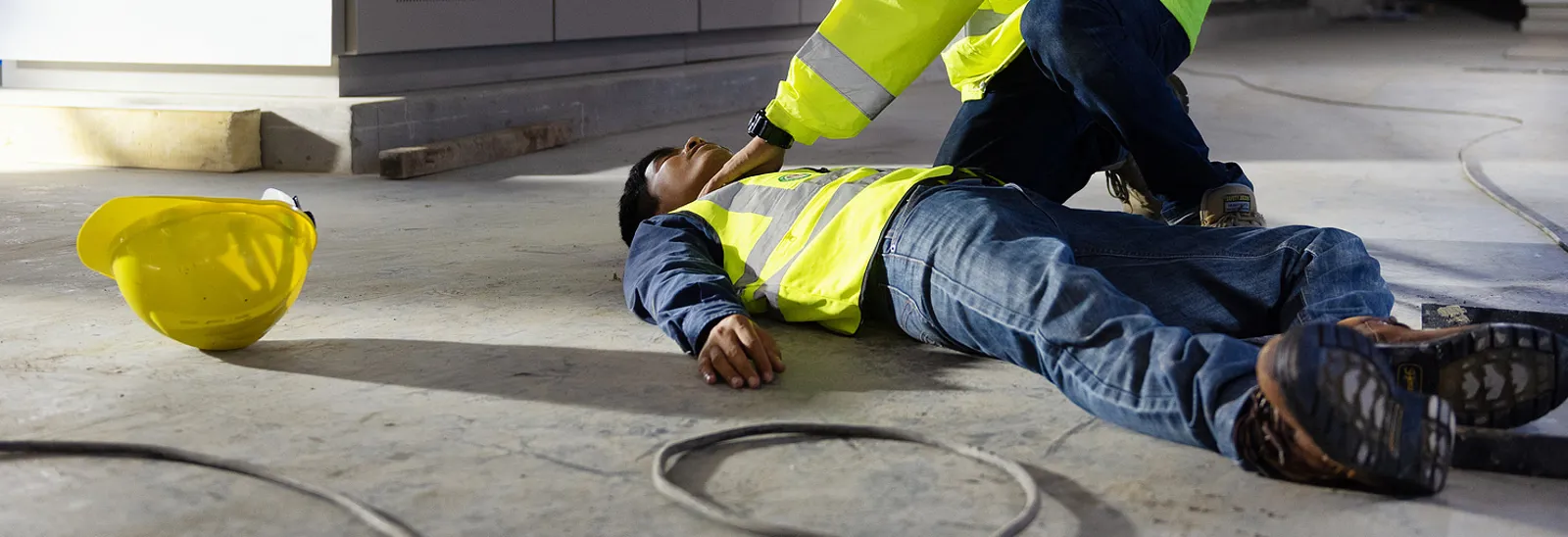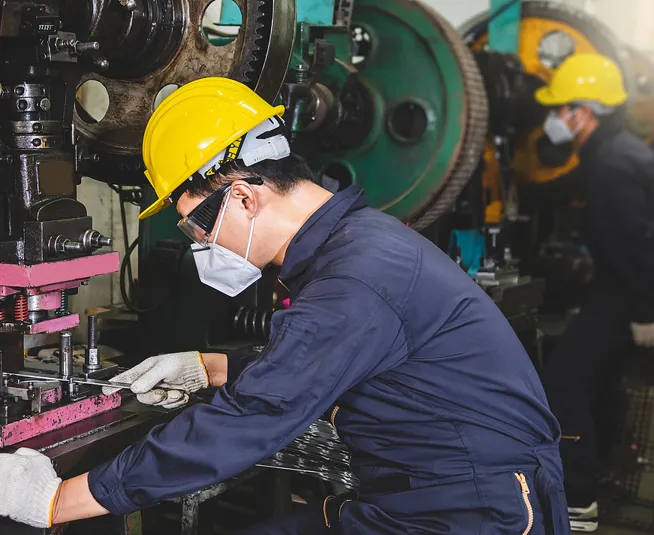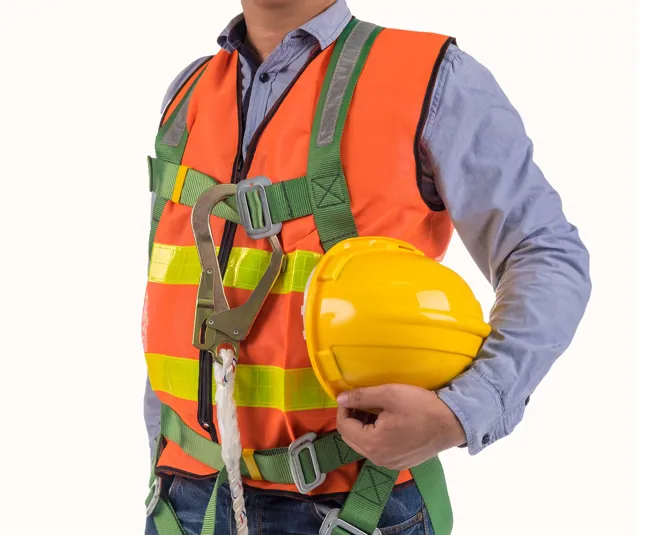
You are visiting the Singapore Kee Safety website from United States. Would you like to go to the United States site?

It’s no secret that manufacturing plants and factory warehouses can be hazardous work environments. Workers in the manufacturing industry often have to operate dangerous equipment in confined spaces or handle hazardous materials. Under such conditions, a moment of carelessness can have grave consequences. It is no surprise, then, that manufacturing is one of the most accident-prone industries.
For this reason, manufacturing companies in Singapore are required to implement adequate health and safety systems in accordance with the Workplace Safety and Health Act (WSH Act) that companies and their employees must adhere to at all times. Failure to do so not only jeopardises the wellbeing of workers and their productivity, it also exposes the organisation to penalties including fines and prison sentences.
Last year, a manufacturing company was charged under the WSH Act for workplace health and safety failings which led to the deaths of two employees within a two-month period in 2016. More recently, a fire at a factory in Singapore claimed the lives of three workers and severely injured five others. An investigation was launched under the WSH Act to determine its cause.

The above cases serve as a reminder that health and safety managers need to remain vigilant at all times. If you are responsible for managing workplace safety and health in a manufacturing firm, you will need to be familiar with the most common factory-related accidents and injuries.
The physically demanding nature of most factory work puts workers at risk of developing musculoskeletal disorders (MSDs). MSDs include injuries to joints, muscles, tendons, ligaments and other parts of the human musculoskeletal system. Overexertion can also cause dehydration and heat exhaustion, especially in confined spaces where hot machinery is in operation.
Workers in manufacturing plants are often required to be on their feet in the same position for extended periods of time while performing the same tasks over and over. This can lead to repetitive strain injuries which affect the musculoskeletal or nervous system.
Factory workers are prone to slipping or tripping up when they are required to move quickly, especially if floor surfaces are uneven, cluttered, or covered in spilt liquids. Slipping or tripping in a factory environment can result in severe injuries due to the presence of sharp objects, harmful materials, and dangerous equipment.

Industrial machines are complex and contain numerous moving parts. If the operator of such a machine loses concentration for a moment and gets a limb or a piece of clothing trapped in the mechanism, they could suffer injuries resulting in amputation or even death. Some machines get extremely hot when in operation, putting operators at risk of burns. The WSH Act covers a variety of different types of machinery and equipment every health and safety manager must always keep an eye on.
In factory settings where hazardous chemicals are used, the risk of serious injury is ever-present. Workers in such environments can suffer respiratory problems through the inhalation of toxic fumes or severe burns from contact with corrosive substances. Prolonged exposure to harmful materials can lead to a range of health conditions. In some cases, it can cause life-threatening diseases like cancer. Flammable chemicals pose an additional risk since they can catch fire or explode if not stored or handled correctly. The WSH Act likewise contains a list of substances that are considered hazardous.
In almost any factory setting workers are at risk of suffering burns from fires, corrosive substances, or hot machine parts. Fires can break out due to a range of things, including faulty electrical wiring and the improper storage or handling of flammable materials.
Injuries caused by falling objects are all too common in the manufacturing sector. Workers can be killed or severely maimed when pieces of equipment or other objects fall on them from elevated areas. Falling objects can also cause brain damage or paralysis.
A large number of injuries in factories are caused by accidents involving on-site vehicles like forklifts. A single vehicle collision in a factory environment can result in multiple casualties.
Some factory employees are required to work in extremely hot or cold conditions. If these workers do not have the proper clothing or are not trained properly, they can suffer from conditions such as hypothermia, heat stroke, and heat exhaustion. If untreated, these conditions can be fatal.

Factory employees often have to work at height. While work at height should be discouraged by default, if an employee is carrying this without a harness or other safety equipment, a fall can result in broken bones, brain damage, paralysis, or death.
There is no denying the fact that factory environments contain numerous health and safety risks. However, these risks can be alleviated, and some can even be eliminated, if the correct occupational health and safety measures are implemented.
Simple measures, such as a requirement that workers wear hardhats at all times, can help prevent some of the most common factory-related injuries.
Certain measures are mandated under the WSH Act. For example, a workplace must have a permit-to-work system for managing work at height, as well as a rigorous fall prevention plan, according to the Act. These requirements apply to any workplace where there is a possibility of a worker falling more than three meters.
The WSH Act also requires factories to obtain a certificate of registration. For more information, please refer to the Workplace Safety and Health (Registration of Factories) Regulations 2008.
The best way to ensure that you fulfil all occupational health and safety obligations is to partner with a reliable safety equipment provider.